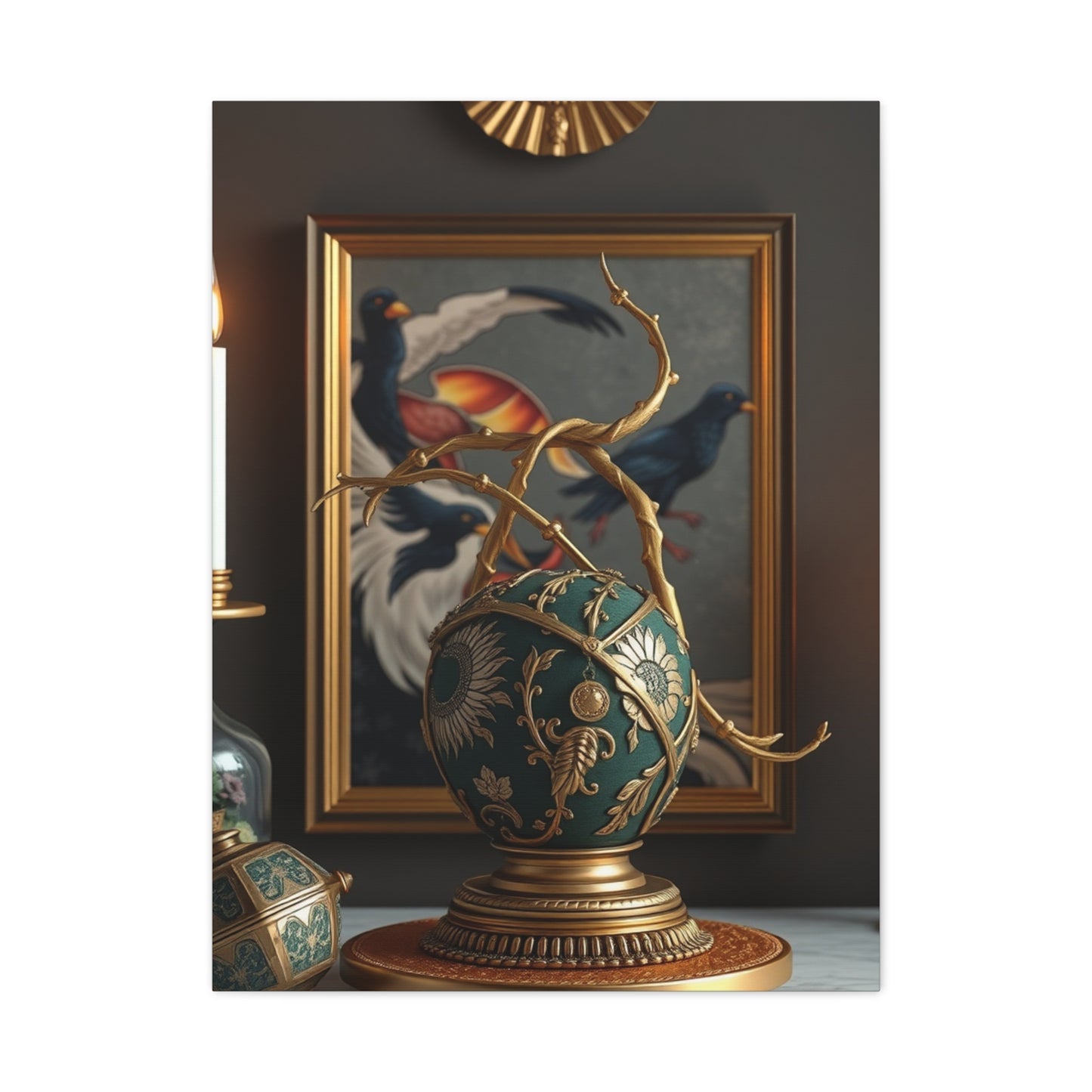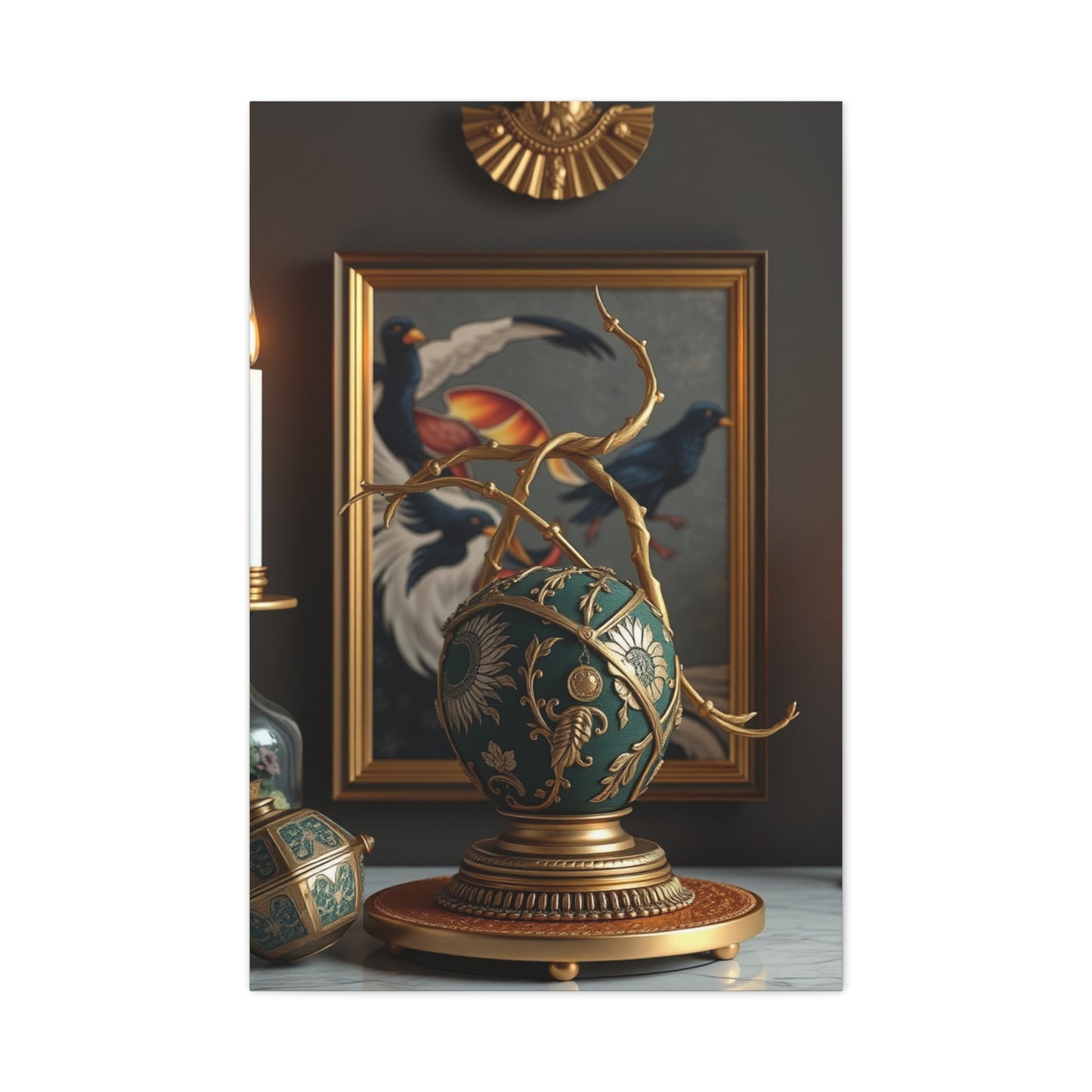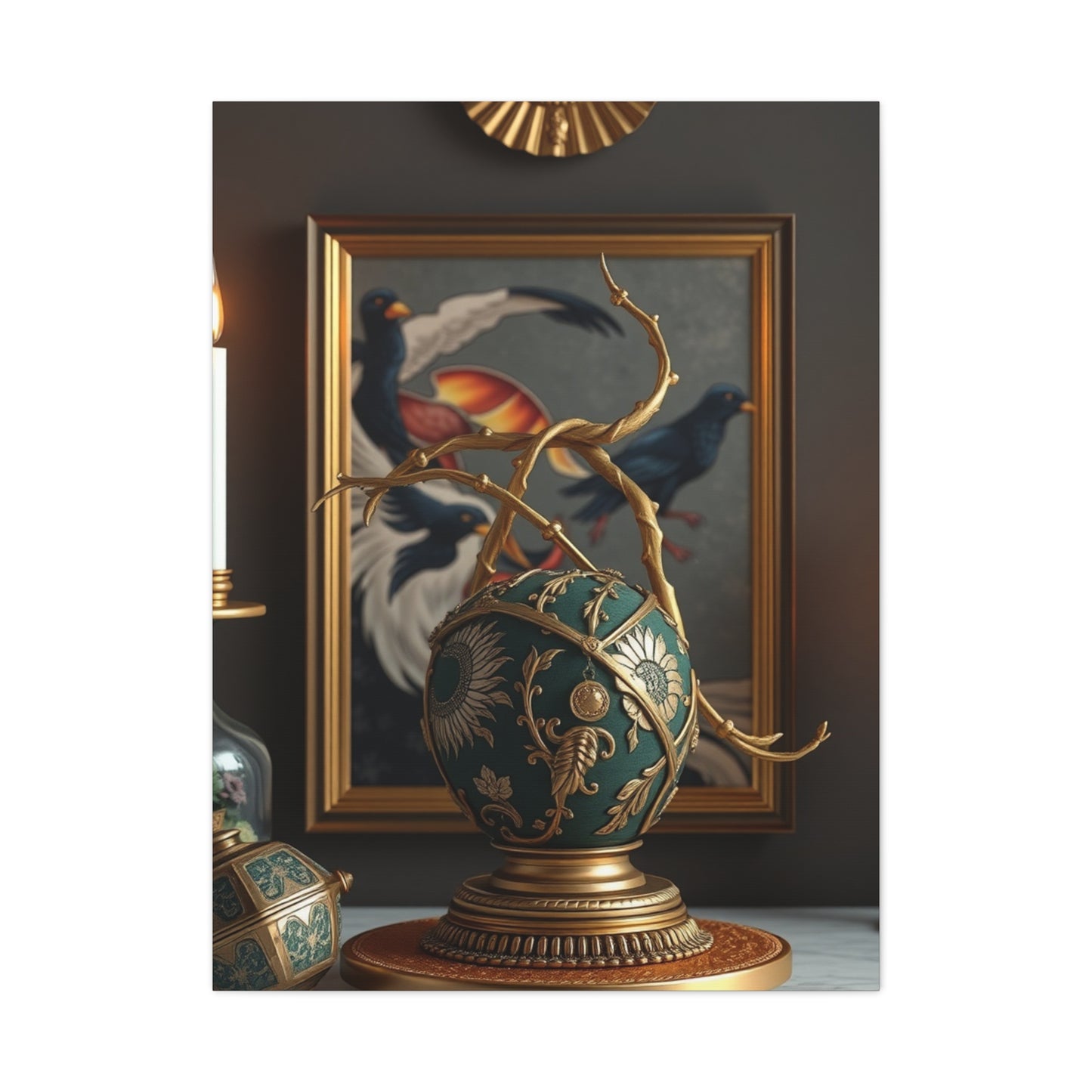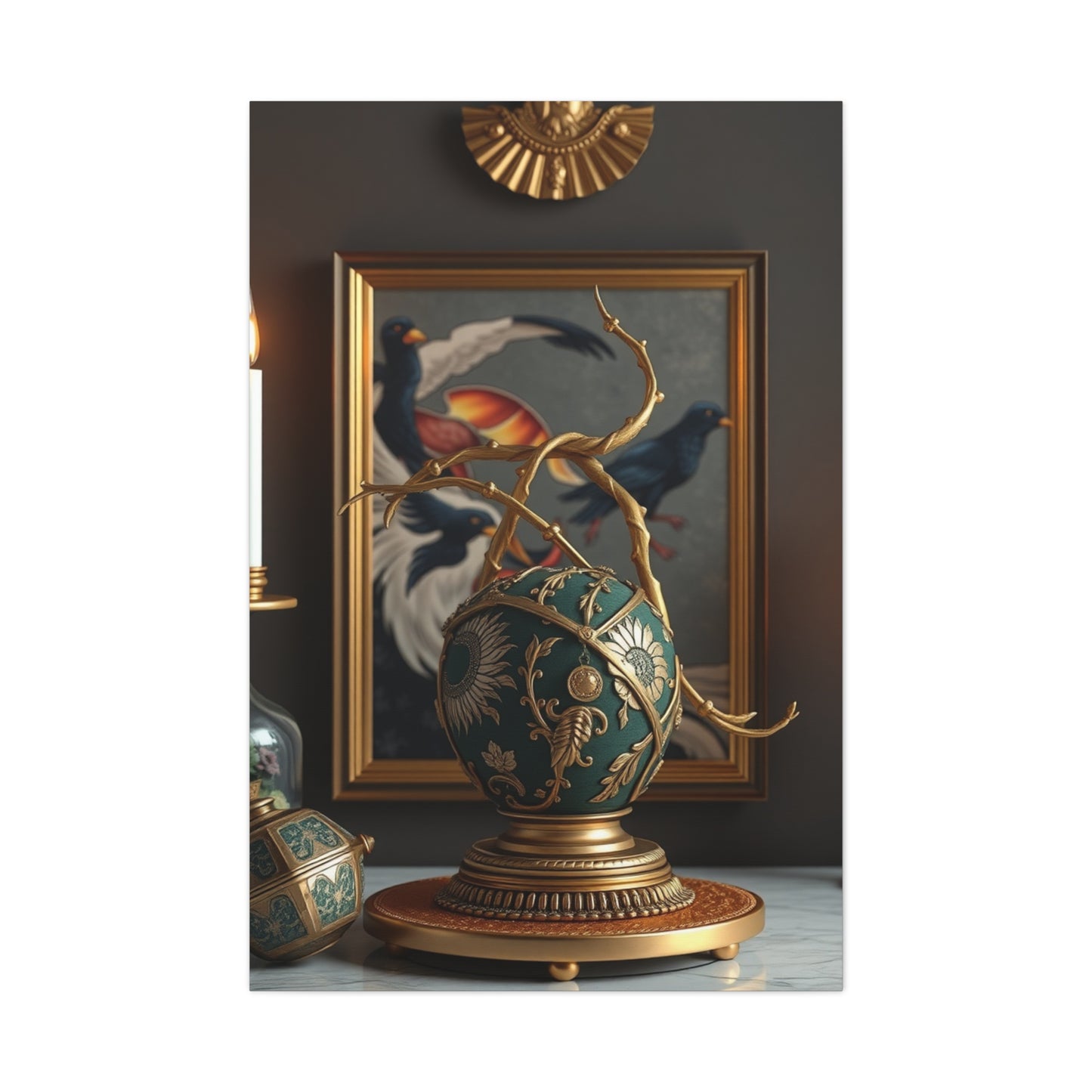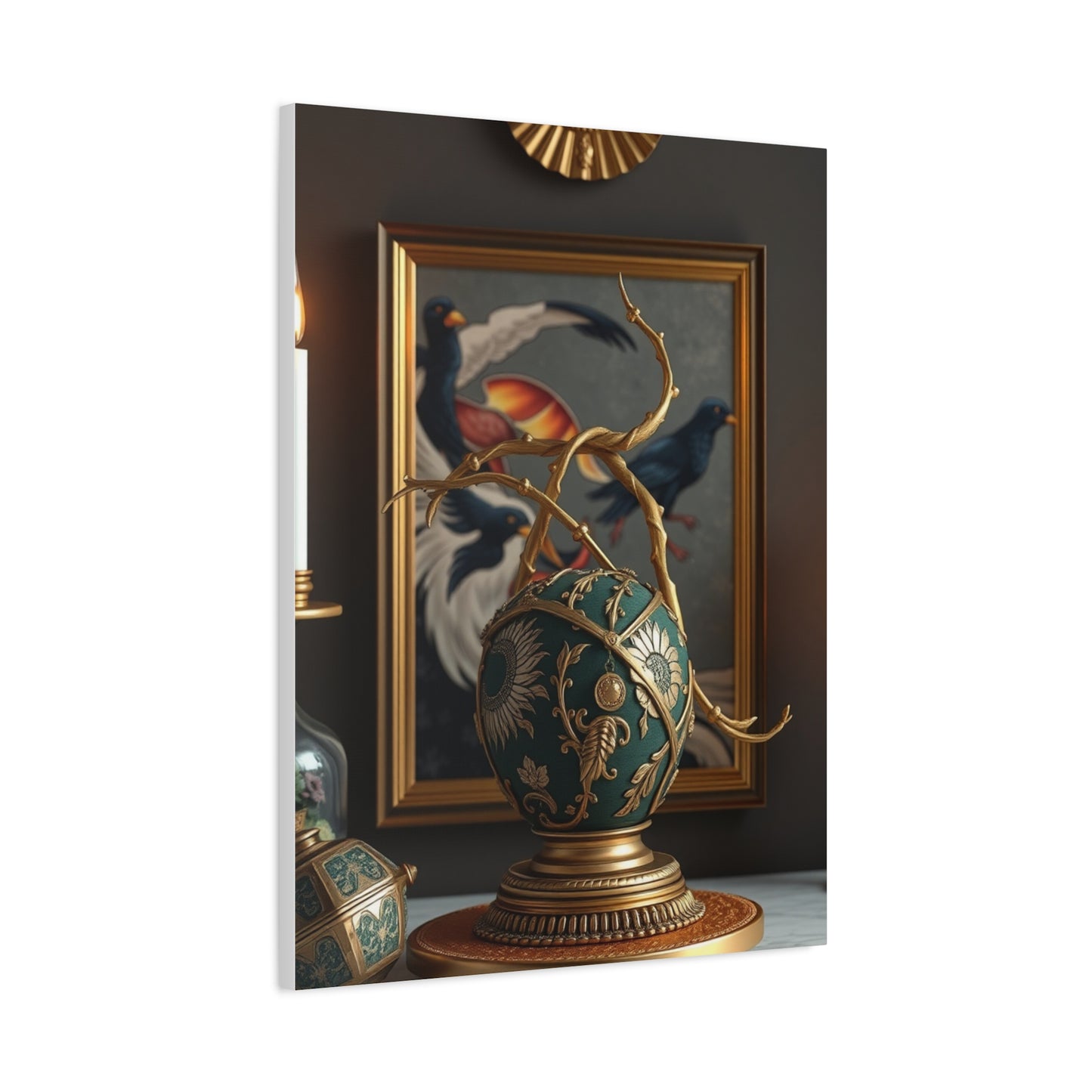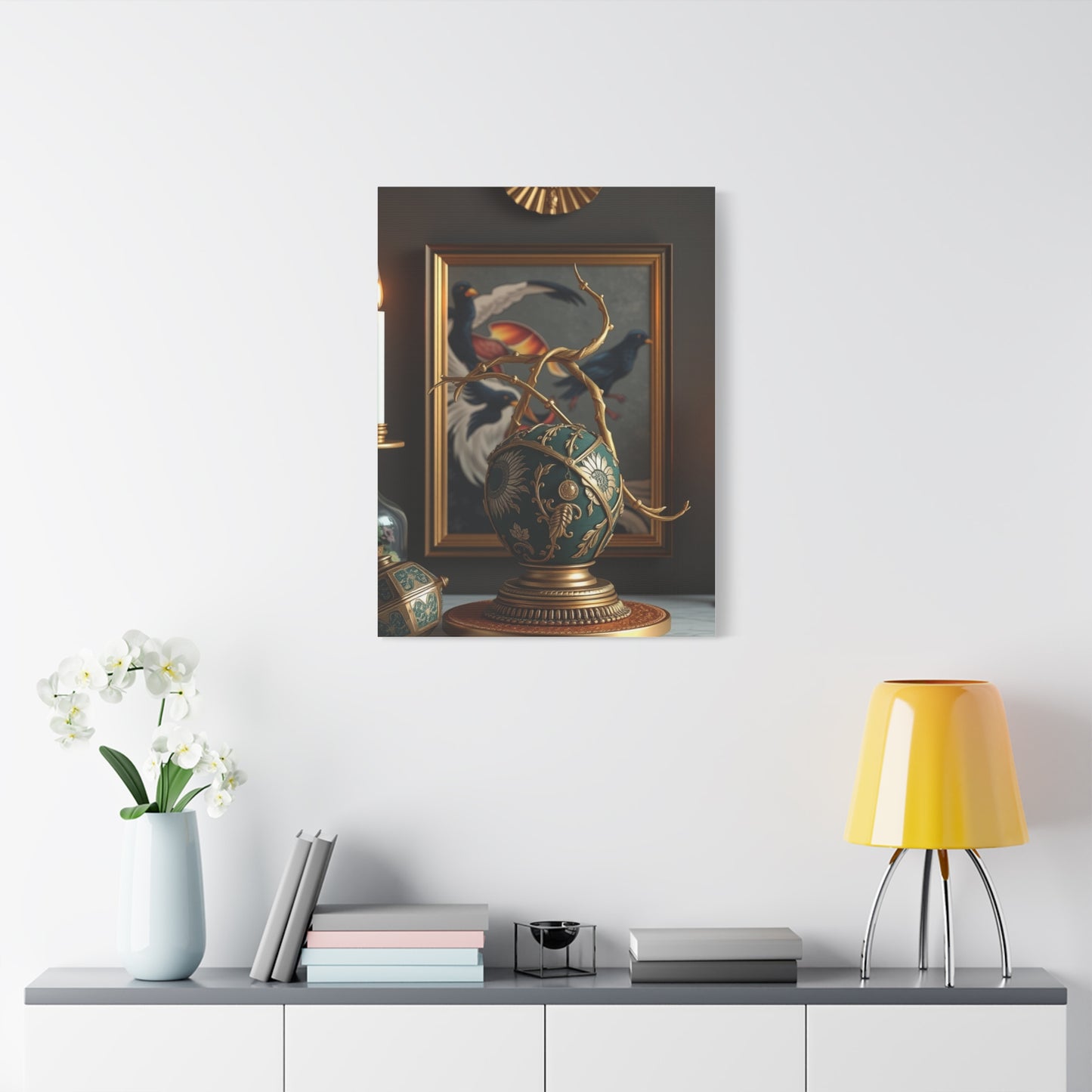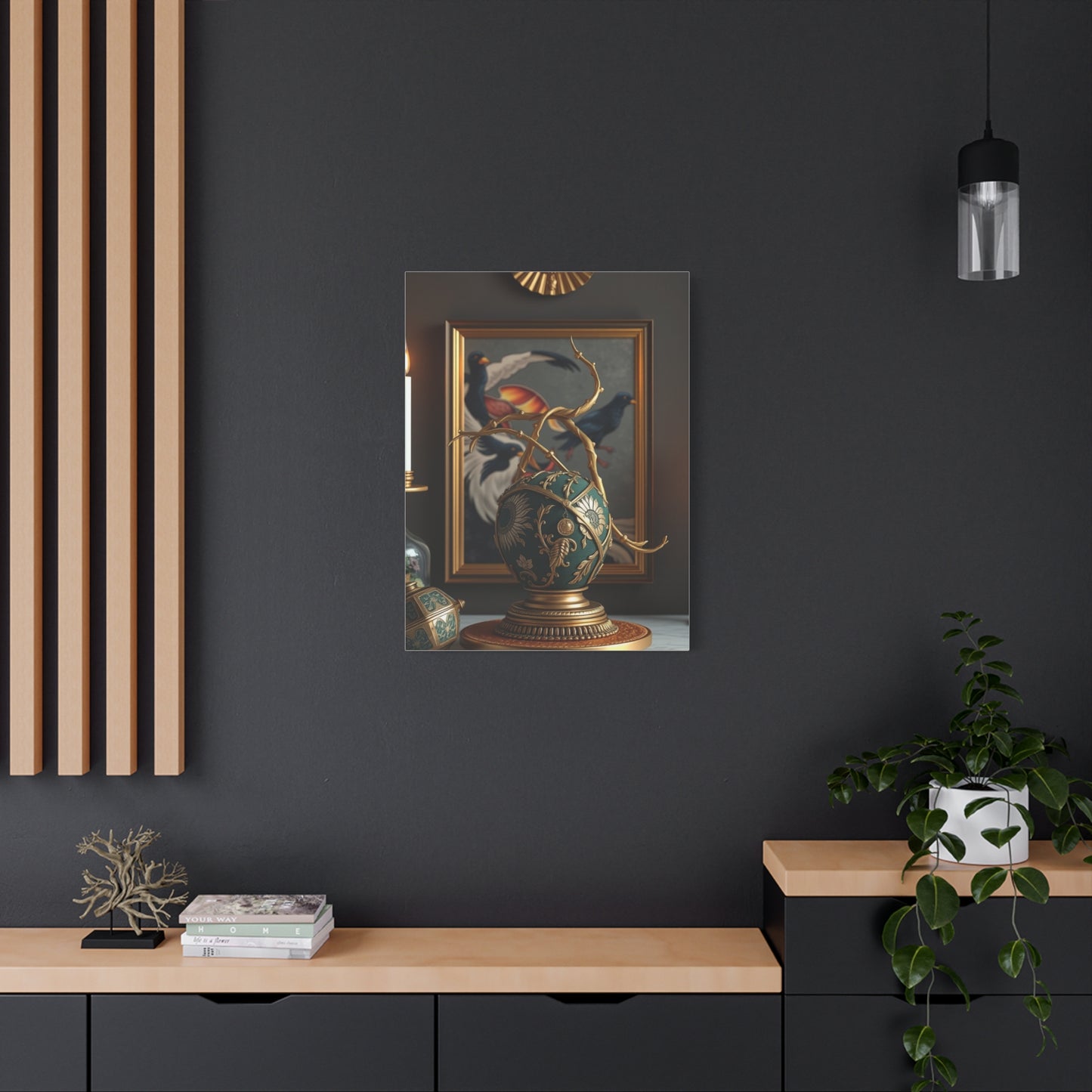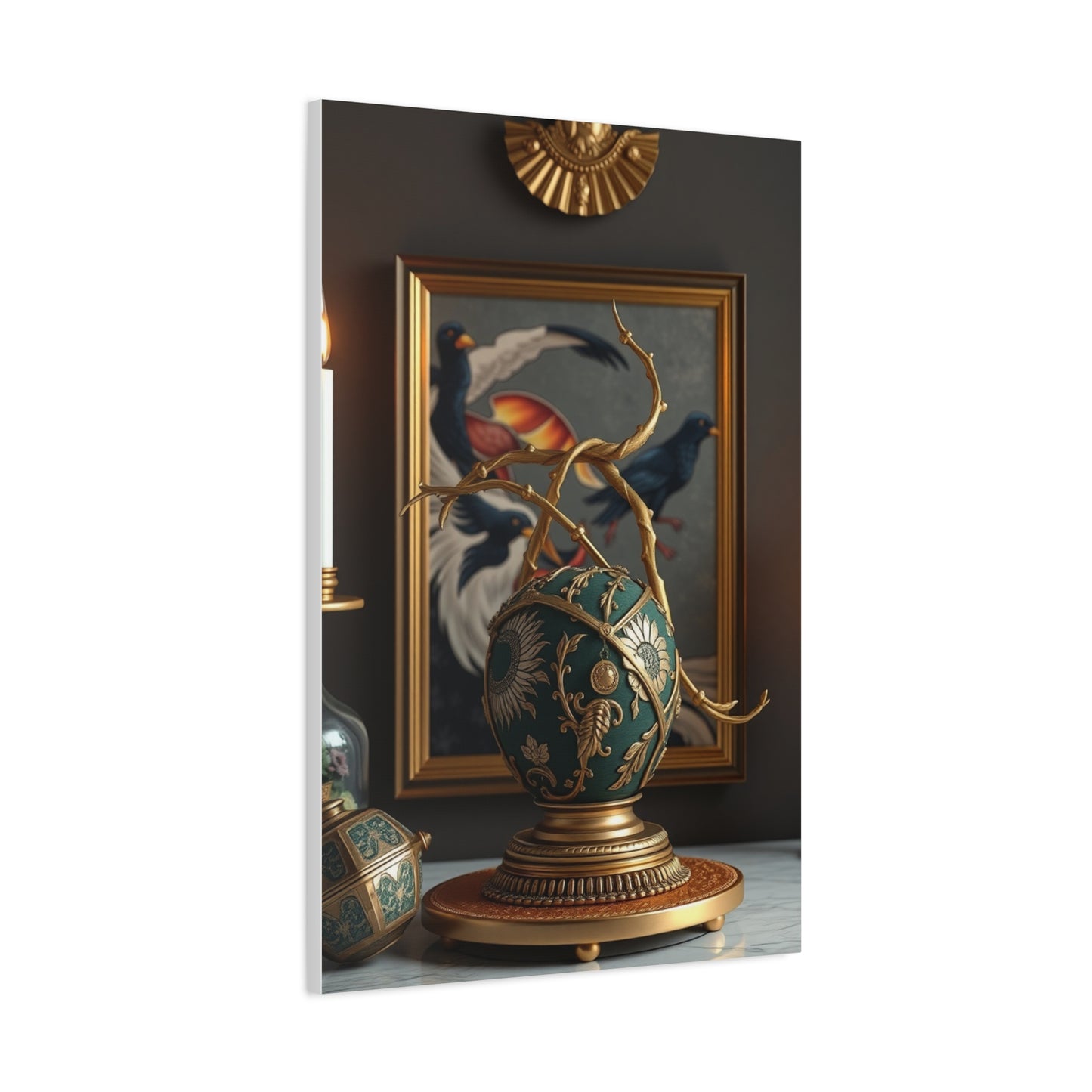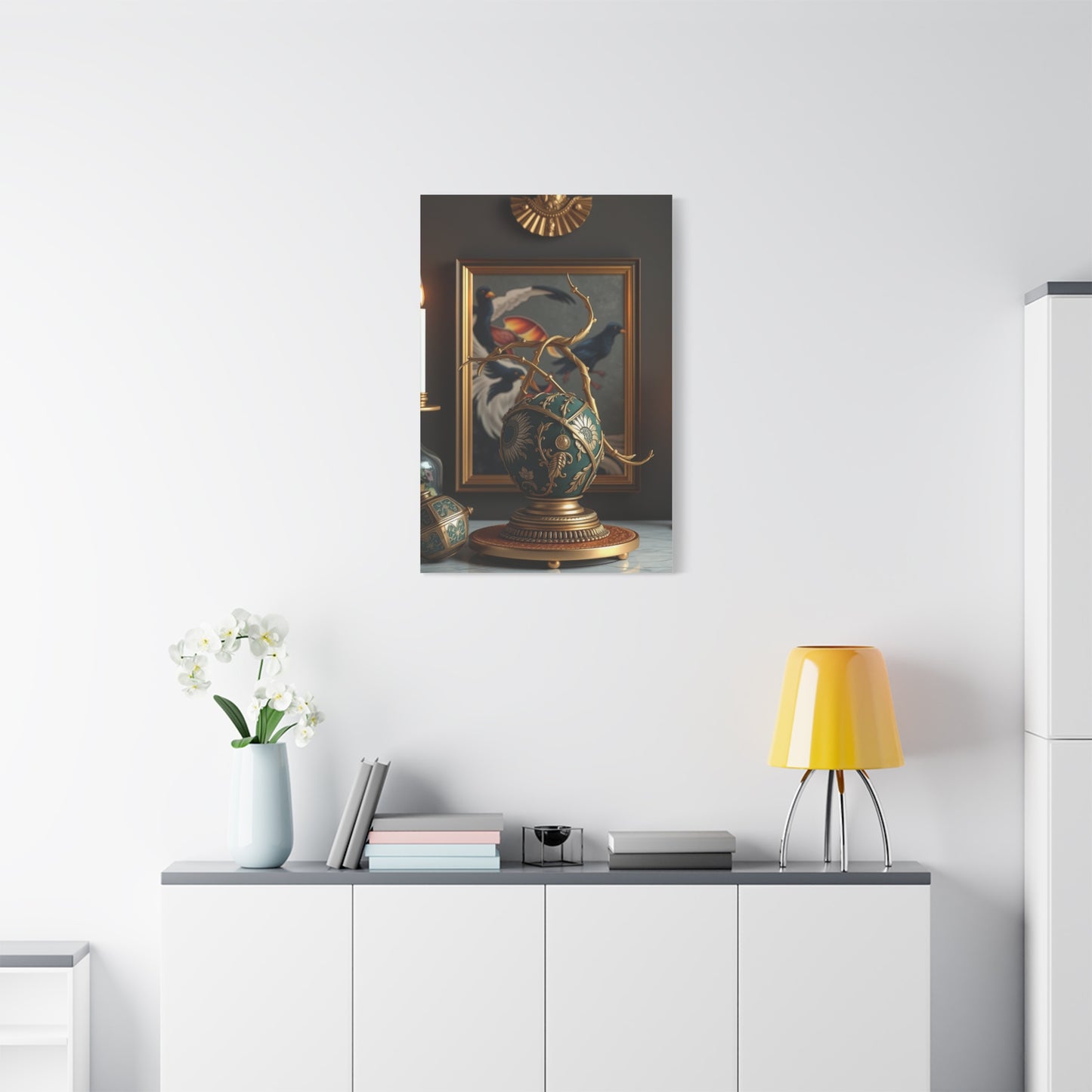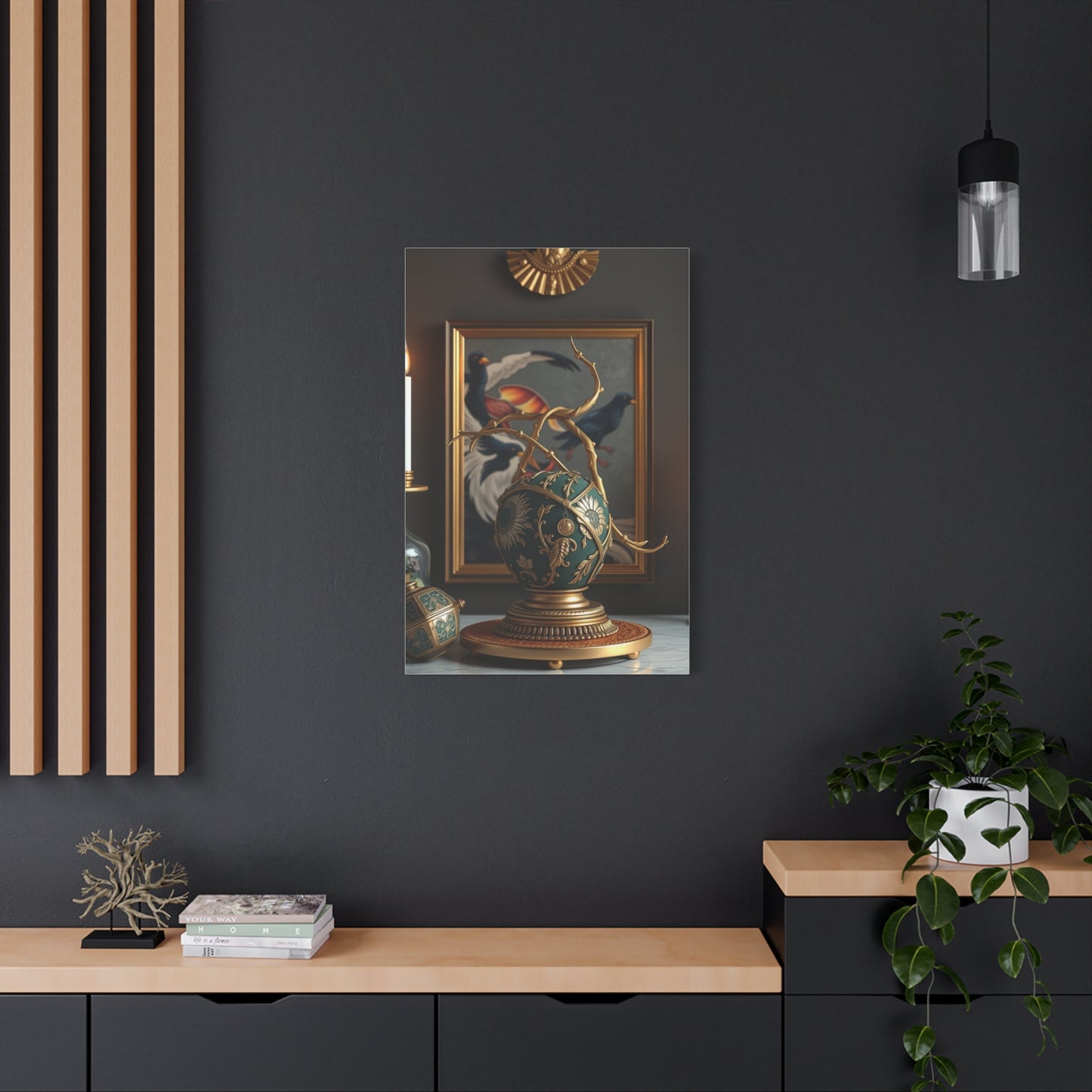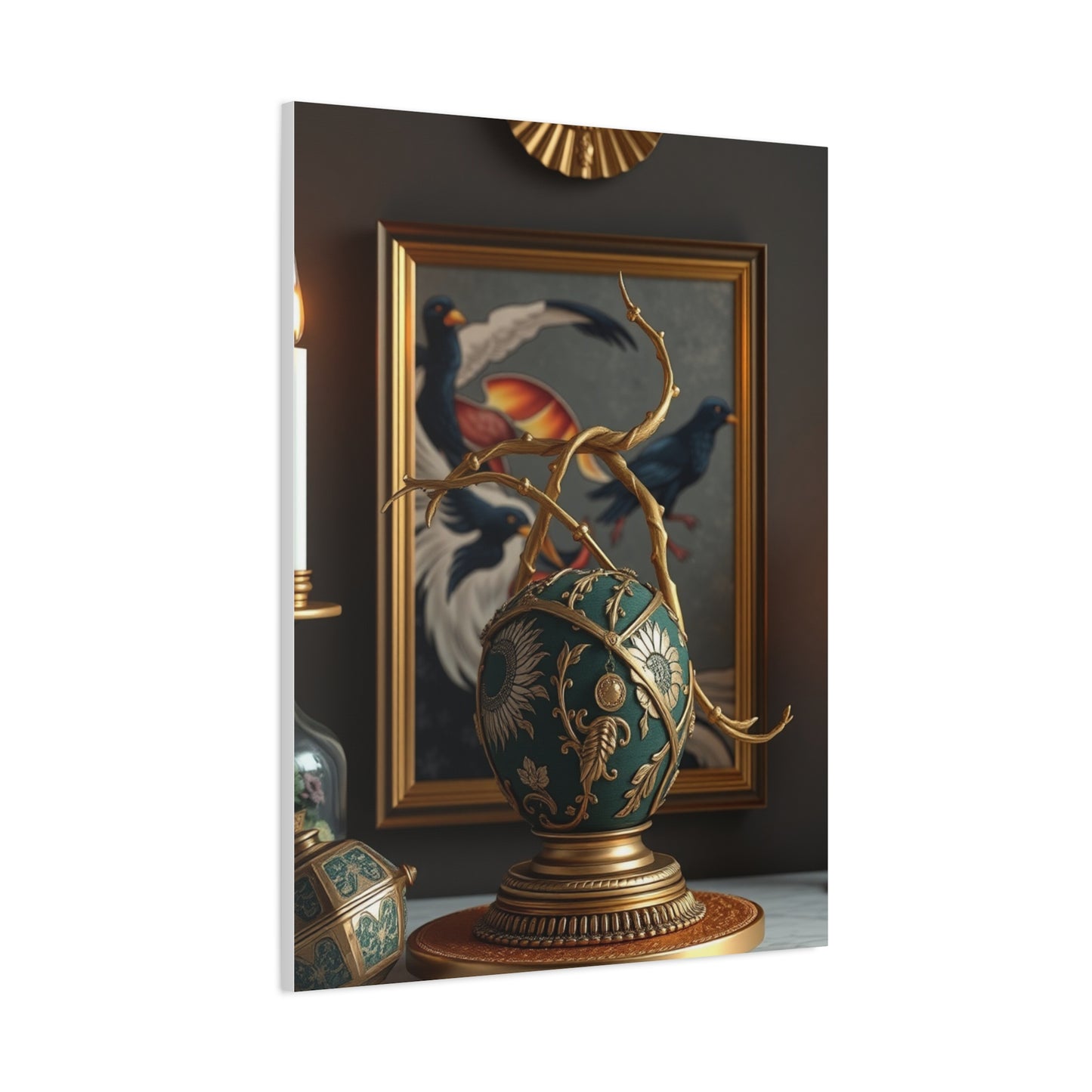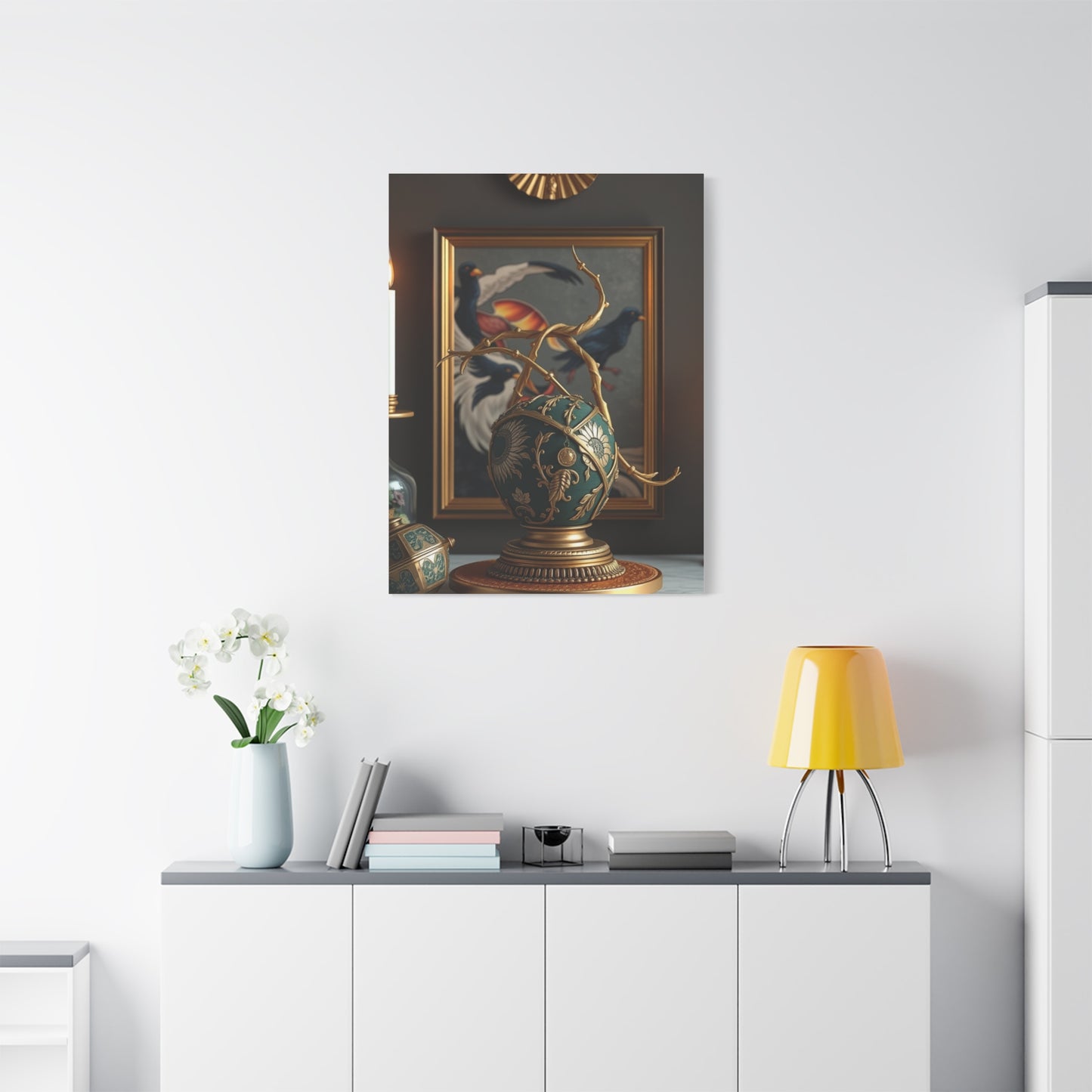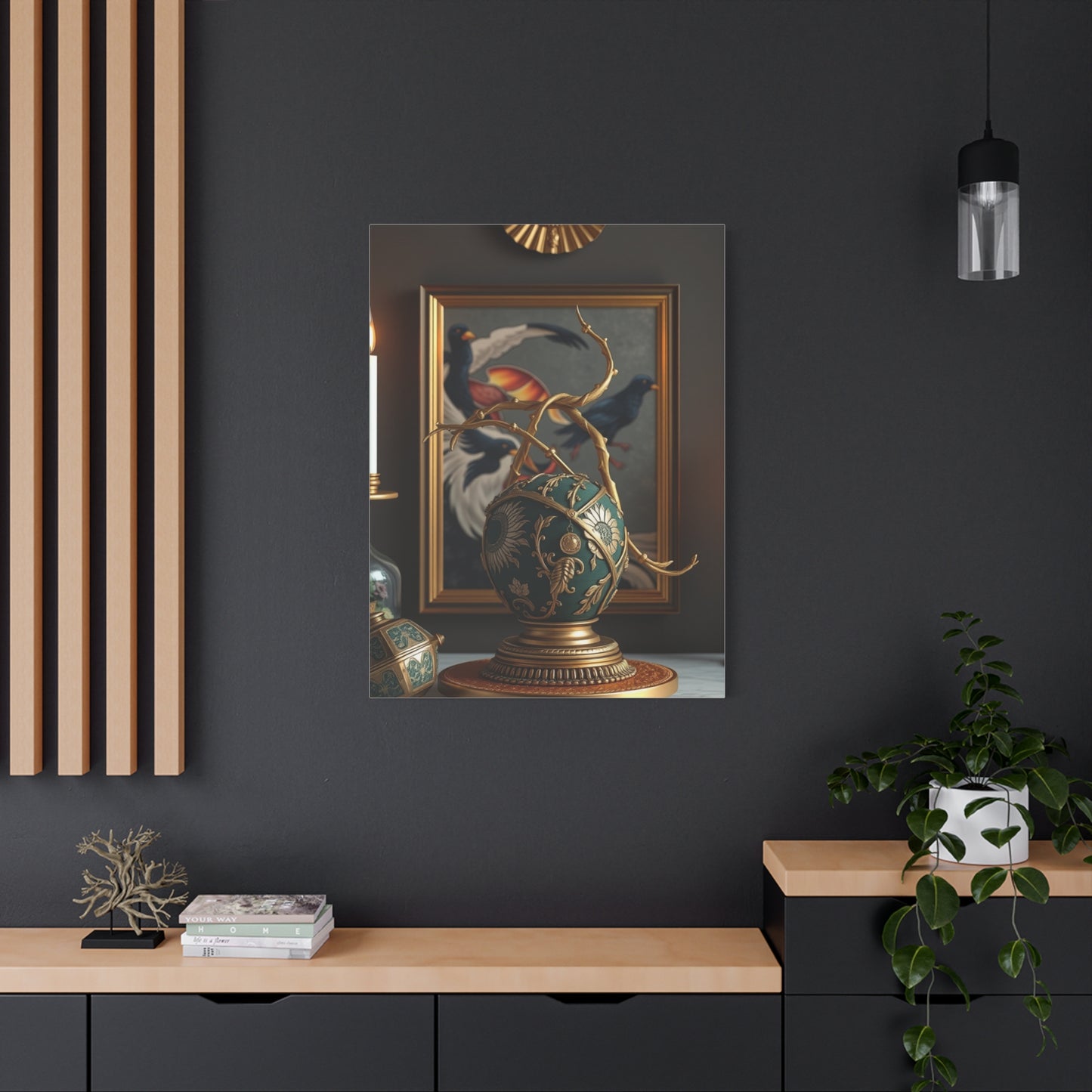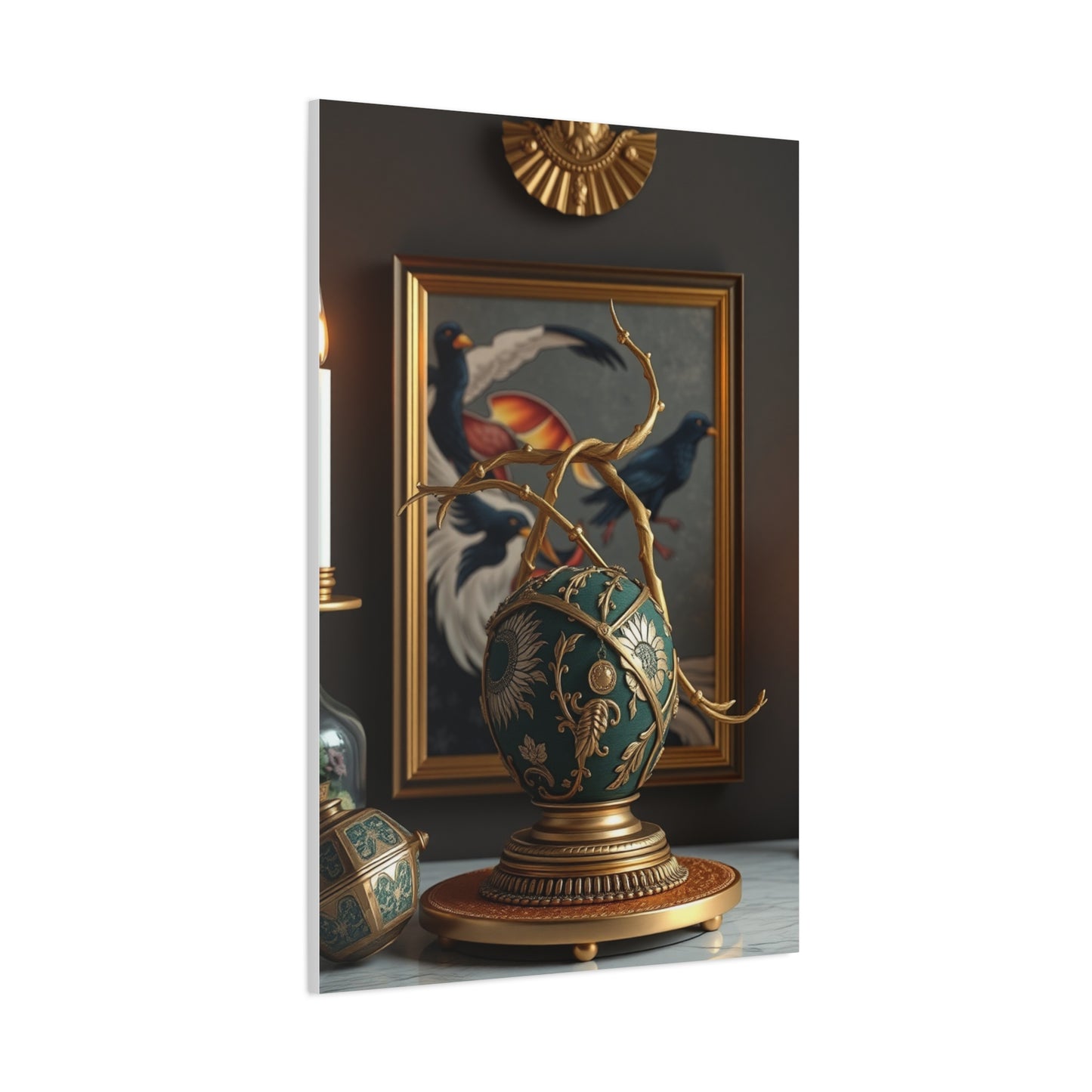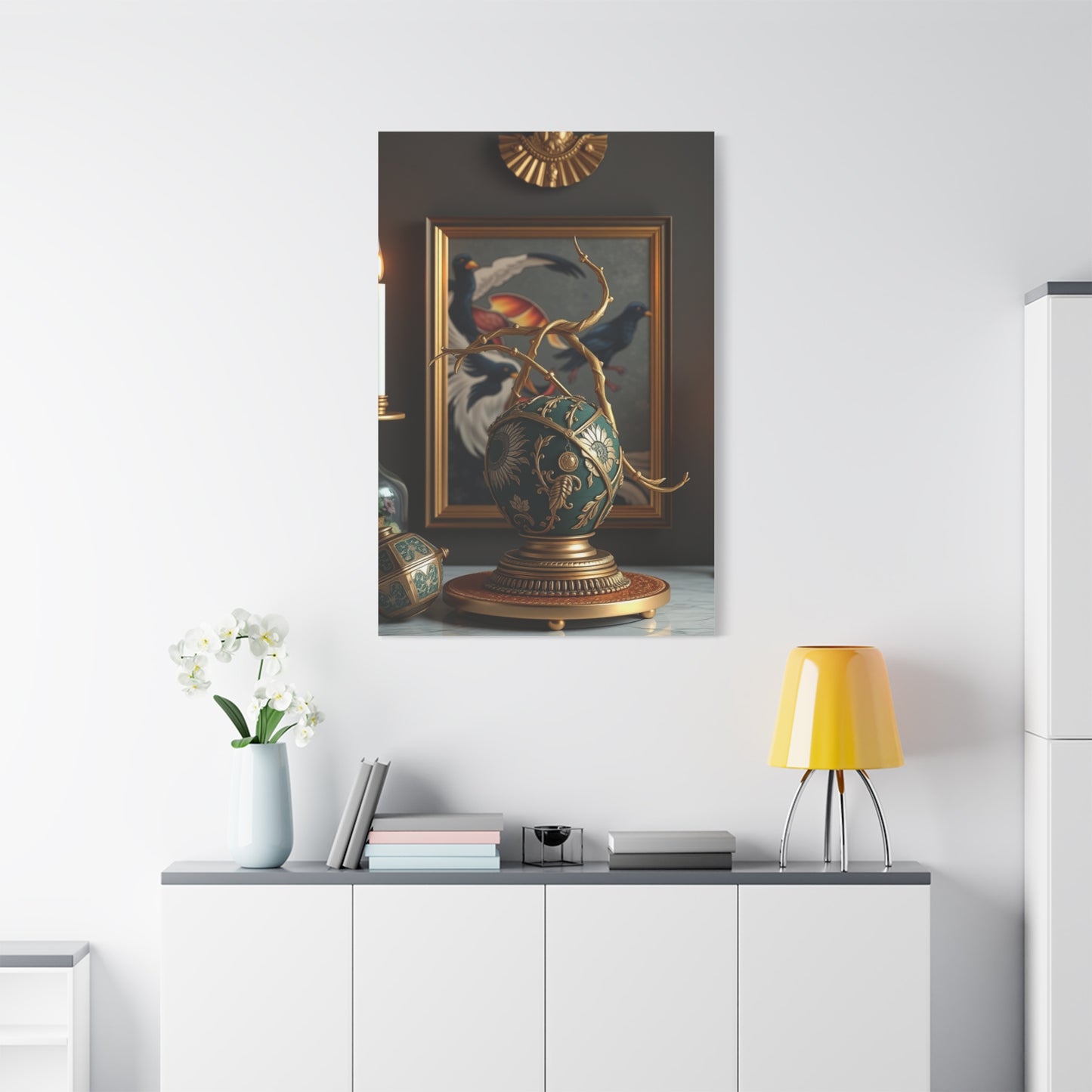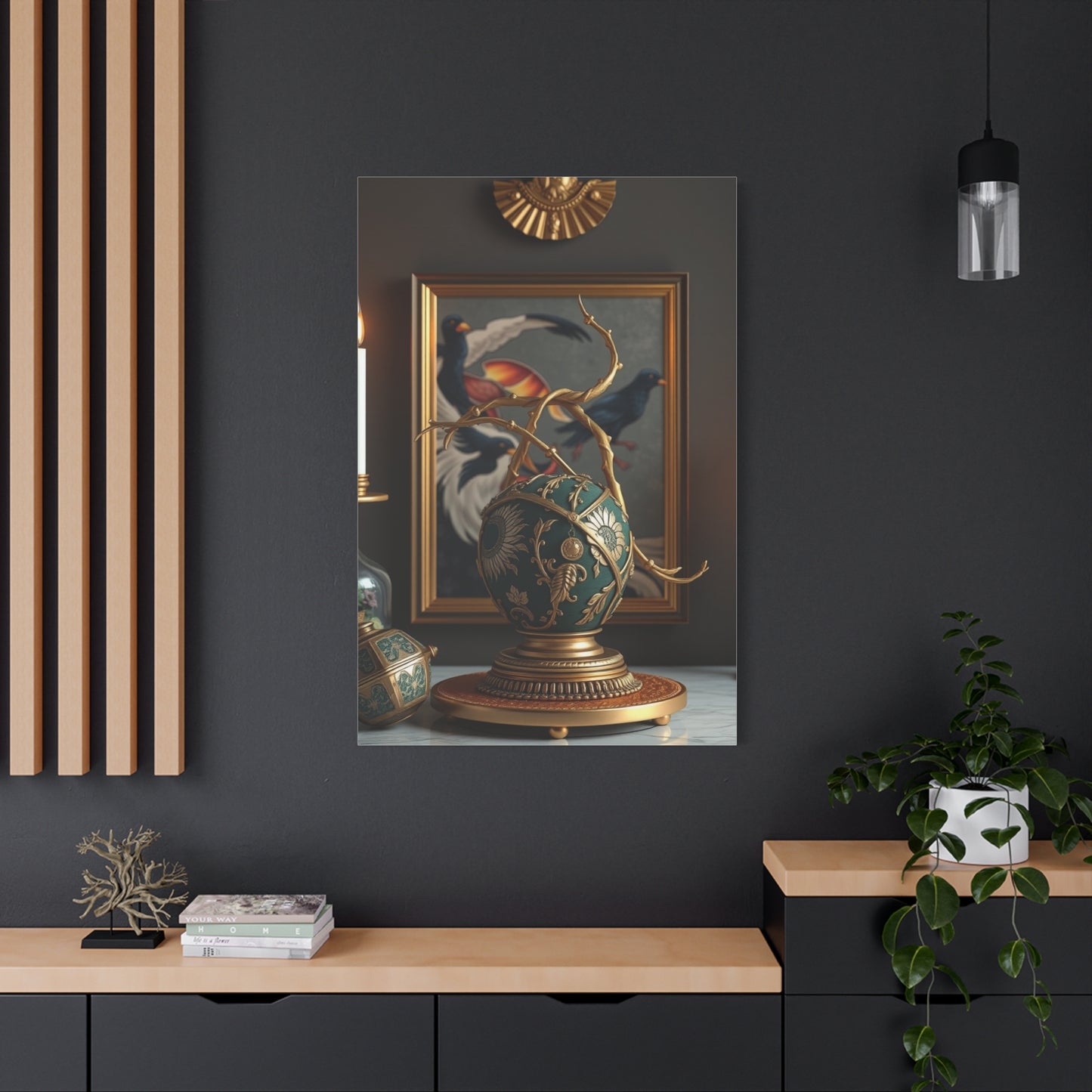Bring Home the Beauty: Decorating with Refined Elegance Artistry
The world of refined wall art represents a harmonious blend of artistic excellence and sophisticated aesthetics that transforms any environment into a sanctuary of beauty and cultural refinement. This comprehensive exploration delves deep into the multifaceted realm of elegant artistic expressions, examining how masterfully crafted pieces serve as windows into the soul of sophisticated living while elevating the visual narrative of contemporary environments.
The Evolution of Elegant Artistic Expression Throughout History
The journey of refined artistic expression spans millennia, tracing its roots through ancient civilizations where artisans first discovered the profound impact of visual beauty on human consciousness. From the intricate frescoes adorning Roman villas to the delicate brushwork of Renaissance masters, elegant artistry has consistently served as a bridge between the mundane and the transcendent. The development of sophisticated artistic techniques emerged from humanity's innate desire to capture and preserve moments of sublime beauty, creating lasting legacies that continue to inspire generations of art enthusiasts and collectors.
Throughout the medieval period, elegant artistic expressions evolved within monastery scriptoriums and royal courts, where skilled craftsmen developed techniques that would later influence the broader artistic landscape. The Renaissance marked a pivotal moment when artistic refinement reached unprecedented heights, with masters like Leonardo da Vinci and Michelangelo establishing principles of composition and technique that remain relevant today. The Baroque period introduced dramatic elegance, while the Rococo movement embraced playful sophistication, each era contributing unique elements to the tapestry of refined artistic expression.
The Industrial Revolution brought new materials and techniques that expanded the possibilities for elegant artistry, while the modern era witnessed a democratization of refined aesthetic principles. Contemporary artists continue this tradition, incorporating traditional techniques with innovative approaches to create pieces that resonate with today's sophisticated audiences while maintaining the timeless qualities that define true elegance.
Classical Foundations of Sophisticated Artistic Design
The classical foundations of sophisticated artistic design rest upon principles established by ancient Greek and Roman civilizations, where the pursuit of beauty was considered both an art and a science. These foundational elements emphasized proportion, harmony, and balance as essential components of truly elegant artistic expression. The Golden Ratio, discovered by ancient mathematicians, became a cornerstone of classical composition, influencing everything from architectural design to sculptural proportions and continuing to guide contemporary artists in creating visually harmonious pieces.
Classical artistic traditions emphasized the importance of technical mastery combined with intellectual depth, establishing a framework where skilled craftsmanship served as the vehicle for expressing profound ideas and emotions. The classical orders of architecture provided templates for organized beauty that translated seamlessly into other artistic mediums, creating a vocabulary of elegance that transcends cultural boundaries. These principles established the foundation for understanding how visual elements interact to create compositions that feel naturally pleasing to the human eye.
The influence of classical design extends far beyond historical significance, continuing to inform contemporary artistic practices and aesthetic judgments. Modern artists and collectors who appreciate refined elegance often reference classical principles in their work and collections, recognizing that these time-tested approaches to composition and beauty provide a solid foundation for creating and appreciating sophisticated artistic expressions. The enduring appeal of classical foundations demonstrates that true elegance transcends temporal boundaries, maintaining its relevance across centuries and cultural shifts.
Contemporary Interpretations of Timeless Aesthetic Principles
Contemporary interpretations of timeless aesthetic principles represent a fascinating dialogue between historical precedent and modern innovation, where today's artists reimagine classical concepts through the lens of current cultural contexts and technological possibilities. This evolution demonstrates how refined elegance adapts while maintaining its essential character, creating pieces that speak to contemporary audiences while honoring the wisdom embedded in traditional artistic practices. Modern artists working within this tradition often employ minimalist approaches that distill classical principles to their essence, creating works of startling clarity and power.
The contemporary art world has witnessed a renewed interest in craftsmanship and attention to detail that characterized historical periods of great artistic achievement. This revival reflects a growing appreciation for the meditative qualities inherent in careful, methodical artistic practice and the unique aesthetic qualities that emerge from such dedication. Contemporary artists exploring refined elegance often incorporate traditional techniques with modern materials and concepts, creating hybrid forms that bridge historical and contemporary sensibilities.
Digital technology has opened new avenues for exploring classical principles, allowing artists to experiment with composition, color relationships, and formal arrangements in ways previously impossible. However, the most successful contemporary interpretations maintain a connection to the physical world, recognizing that true elegance emerges from the interaction between skilled hands, quality materials, and thoughtful vision. This balance between innovation and tradition creates opportunities for artistic expressions that feel both fresh and deeply rooted in established aesthetic traditions.
The Psychology Behind Elegant Visual Compositions
The psychology behind elegant visual compositions reveals the profound ways in which refined artistic expressions influence human perception, emotion, and well-being. Scientific research has demonstrated that exposure to beautiful, harmonious visual arrangements activates specific neural pathways associated with pleasure, calm, and cognitive clarity. These psychological responses explain why elegant art has maintained its appeal across cultures and historical periods, tapping into fundamental aspects of human visual processing that transcend learned preferences.
Elegant compositions achieve their psychological impact through careful orchestration of visual elements that create a sense of order and balance without sacrificing visual interest or emotional depth. The strategic use of symmetry and asymmetry, light and shadow, color harmony and contrast, works together to create compositions that feel naturally satisfying to observe. This psychological satisfaction occurs partly because elegant arrangements mirror patterns found in nature, activating deep-seated preferences for natural harmony that evolved over millennia of human development.
The contemplative quality of refined artistic expressions provides viewers with opportunities for mental restoration and emotional regulation. Studies have shown that spending time with beautiful, elegant artworks can reduce stress hormones, lower blood pressure, and improve overall psychological well-being. This therapeutic dimension of elegant art explains why hospitals, meditation centers, and healing environments often feature carefully selected artworks that promote calm and positive emotional states. The psychological benefits of elegant art extend beyond momentary pleasure, contributing to long-term improvements in mental health and quality of life.
Material Selection and Its Impact on Artistic Refinement
Material selection plays a crucial role in achieving artistic refinement, as the physical properties of different mediums profoundly influence both the creative process and the final aesthetic result. High-quality materials provide artists with greater control over their work, allowing for subtle gradations, precise details, and lasting beauty that maintains its impact over time. The choice of canvas, paper, pigments, and other materials becomes an integral part of the artistic statement, with each medium contributing its unique characteristics to the overall refinement of the piece.
The relationship between material quality and artistic refinement extends beyond mere technical considerations to encompass philosophical and aesthetic dimensions. Premium materials often possess inherent beauty that enhances the artist's vision, creating synergistic relationships where the medium and the message reinforce each other. Traditional materials like hand-prepared canvases, artist-grade pigments, and fine papers carry historical associations that add depth and gravitas to contemporary works, connecting new creations to the broader tradition of refined artistic expression.
Contemporary artists working within the tradition of refined elegance often spend considerable time researching and experimenting with materials to find the perfect match for their artistic vision. This dedication to material exploration reflects an understanding that true refinement emerges from the harmonious integration of concept, technique, and medium. The resulting works demonstrate how thoughtful material selection can elevate artistic expressions from mere decoration to profound statements about beauty, craftsmanship, and the enduring value of quality in human creative endeavors.
Color Theory Applications in Sophisticated Artwork
Color theory applications in sophisticated artwork demonstrate the scientific and intuitive aspects of creating elegant visual experiences that resonate with viewers on multiple levels. The strategic use of color relationships, temperature variations, and chromatic harmony creates emotional and psychological responses that enhance the overall impact of refined artistic expressions. Master colorists understand how different hues interact to create spatial effects, emotional moods, and visual hierarchies that guide the viewer's attention and create lasting impressions.
The sophisticated application of color theory involves understanding both the technical aspects of pigment behavior and the psychological associations that different colors carry within various cultural contexts. Elegant artworks often employ subtle color relationships that create rich visual experiences without overwhelming the viewer, demonstrating restraint and refinement in chromatic choices. The use of analogous color schemes, complementary contrasts, and monochromatic variations allows artists to create works that feel cohesive and sophisticated while maintaining visual interest and emotional depth.
Contemporary research in neuroscience and psychology has revealed new insights into how humans process color information, providing artists with scientific backing for intuitive color choices that have guided refined artistic expression for centuries. These discoveries validate traditional approaches to color harmony while opening new possibilities for creating elegant compositions that leverage our growing understanding of visual perception. The integration of scientific color theory with artistic intuition creates opportunities for sophisticated artworks that speak to both intellectual and emotional aspects of human experience.
Composition Techniques That Define Elegance
Composition techniques that define elegance encompass a sophisticated understanding of how visual elements interact to create harmonious, balanced, and emotionally resonant arrangements. The rule of thirds, golden ratio, and dynamic symmetry provide frameworks for organizing visual elements in ways that feel naturally pleasing while maintaining visual interest and depth. However, true elegance in composition goes beyond mechanical application of rules to embrace intuitive understanding of how different arrangements affect viewer perception and emotional response.
Elegant compositions often demonstrate masterful use of negative space, understanding that what is left unsaid or unshown can be as powerful as what is explicitly presented. This sophisticated approach to spatial relationships creates breathing room within compositions, allowing individual elements to shine while contributing to the overall harmony of the piece. The strategic placement of focal points, the creation of visual pathways that guide the eye through the composition, and the balance between unity and variety all contribute to the refined sophistication that characterizes elegant artistic expressions.
Advanced composition techniques involve the manipulation of visual weight, texture, and scale to create hierarchies of importance that communicate the artist's intended message while maintaining overall compositional harmony. The most sophisticated compositions achieve a sense of inevitability, where every element feels precisely placed and essential to the overall success of the work. This level of compositional mastery requires years of study and practice, combining technical knowledge with intuitive sensitivity to create arrangements that appear effortless while demonstrating profound understanding of visual principles.
The Role of Texture in Creating Visual Sophistication
The role of texture in creating visual sophistication extends far beyond surface decoration to encompass fundamental aspects of how artworks communicate tactile qualities, spatial relationships, and emotional content. Sophisticated artists understand that texture creates opportunities for subtle variation and visual interest that enhance the overall refinement of their work without relying on dramatic color contrasts or bold compositional elements. The interplay between smooth and rough textures, the suggestion of different materials and surfaces, and the creation of tactile illusions all contribute to the multi-sensory appeal of elegant artistic expressions.
Texture in sophisticated artwork often operates on multiple levels simultaneously, creating both literal surface variations and implied textural qualities that exist only in the viewer's perception. This layered approach to textural development requires technical skill and aesthetic sensitivity, as artists must balance actual surface treatments with painted or drawn illusions that create rich visual experiences. The most successful textural applications enhance the overall coherence of the work while adding depth and complexity that rewards close examination.
Contemporary artists working with refined elegance often explore the contrast between digital precision and handmade texture, incorporating elements that celebrate the unique qualities of human touch in an increasingly automated world. This emphasis on tactile quality reflects a broader cultural appreciation for craftsmanship and authenticity, positioning textured surfaces as markers of quality and personal investment in the creative process. The psychological appeal of texture connects to fundamental human needs for sensory richness and material authenticity that digital media cannot fully replicate.
Light and Shadow Dynamics in Refined Art
Light and shadow dynamics in refined art demonstrate the sophisticated manipulation of illumination effects to create depth, drama, and emotional resonance within two-dimensional compositions. The masterful use of chiaroscuro, developed during the Renaissance and refined through subsequent artistic movements, continues to provide artists with powerful tools for creating elegant compositions that seem to glow with inner light. Understanding how light behaves in different conditions and how shadows create form and space allows artists to create illusions of three-dimensionality that enhance the overall sophistication of their work.
The psychological impact of light and shadow in elegant artwork extends beyond mere technical demonstration to encompass symbolic and emotional dimensions that add layers of meaning to refined compositions. Light often represents knowledge, hope, and spiritual transcendence, while shadows can suggest mystery, depth, and the unknown. Sophisticated artists manipulate these associations to create works that operate on multiple interpretive levels, inviting viewers to engage with both the surface beauty and deeper symbolic content of their creations.
Contemporary approaches to light and shadow in refined art often incorporate understanding of how different lighting conditions affect human mood and perception, allowing artists to create works that modify the emotional atmosphere of their environments. The strategic placement of highlights and shadows can make small works appear monumental or create intimate feelings within larger compositions. This sophisticated understanding of light's psychological effects enables artists to create works that not only please the eye but also contribute to the emotional well-being of viewers who live with these pieces over time.
Cultural Influences on Elegant Artistic Styles
Cultural influences on elegant artistic styles reveal the diverse ways different societies have approached the creation of refined visual expressions while maintaining underlying principles that transcend specific cultural contexts. The elegant artistic traditions of different cultures offer unique perspectives on beauty, refinement, and sophistication, each contributing valuable insights to the global conversation about what constitutes truly refined artistic expression. From the minimalist elegance of Japanese aesthetics to the ornate sophistication of Baroque European art, cultural variations in elegant style demonstrate the universal human drive toward beauty while celebrating the diversity of approaches to achieving it.
The cross-pollination of cultural influences in contemporary elegant art creates opportunities for hybrid styles that honor multiple traditions while creating something entirely new. Artists working today often draw inspiration from global sources, incorporating elements from different cultural approaches to elegance to create works that speak to increasingly cosmopolitan audiences. This cultural fusion requires sensitivity and understanding to avoid superficial appropriation while genuinely integrating different aesthetic philosophies in meaningful ways.
The preservation and continuation of culturally specific approaches to elegant art serves important functions in maintaining cultural identity and diversity in an increasingly globalized world. Artists who specialize in particular cultural traditions of elegant expression serve as custodians of valuable aesthetic knowledge while adapting these traditions to contemporary contexts and concerns. The resulting works demonstrate how traditional elegance can remain vital and relevant while honoring the wisdom embedded in historical cultural practices.
Modern Minimalism and Its Elegant Expressions
Modern minimalism and its elegant expressions represent a sophisticated approach to artistic creation that achieves maximum impact through careful reduction and refinement of visual elements. This aesthetic philosophy, rooted in both Eastern contemplative traditions and Western modernist movements, demonstrates how elimination of unnecessary elements can enhance rather than diminish the power of artistic expression. Minimalist elegance requires extraordinary discipline and refined taste, as every remaining element must justify its presence through its contribution to the overall aesthetic success of the work.
The psychological appeal of minimalist elegance lies in its ability to create calm, contemplative experiences that provide respite from the visual chaos of contemporary life. These works invite sustained attention and reward careful observation, revealing subtle complexities that emerge only through patient engagement. The restraint demonstrated in minimalist elegant works reflects a confidence and maturity that allows the artist to trust in the power of simple, perfectly executed elements rather than relying on visual complexity to maintain interest.
Contemporary minimalist elegance often incorporates cutting-edge materials and production techniques while maintaining the essential spirit of reduction and refinement that defines the approach. The integration of new technologies with minimalist aesthetic principles creates opportunities for works that feel both timeless and thoroughly contemporary, appealing to audiences who appreciate both innovation and classical restraint. This evolution demonstrates how aesthetic philosophies can adapt to new contexts while maintaining their essential character and appeal.
The Intersection of Traditional and Contemporary Approaches
The intersection of traditional and contemporary approaches in refined art creates dynamic tension that generates some of the most compelling elegant expressions available today. Artists working at this intersection demonstrate how respect for historical precedent can coexist with innovative exploration, creating works that honor the wisdom of traditional practices while addressing contemporary concerns and sensibilities. This synthetic approach requires deep knowledge of artistic traditions combined with the vision to see how these traditions might evolve to remain relevant to contemporary audiences.
The successful integration of traditional and contemporary elements in elegant art often involves identifying the essential principles underlying historical approaches and finding new ways to express these principles using contemporary materials, techniques, and cultural references. This process requires discrimination and taste to distinguish between surface historical details and deeper aesthetic truths that transcend specific time periods and cultural contexts. The resulting works demonstrate how artistic traditions can remain living, evolving entities rather than static museum pieces.
Contemporary artists who successfully bridge traditional and contemporary approaches often become cultural translators, helping modern audiences understand and appreciate historical aesthetic achievements while demonstrating the continued relevance of traditional wisdom to contemporary creative practice. Their work serves educational functions while maintaining the primary goal of creating beautiful, moving artistic expressions that enrich the lives of those who encounter them. This dual function positions such artists as vital links in the chain of cultural transmission that keeps artistic traditions alive and growing.
Craftsmanship Standards in High-End Artistic Creation
Craftsmanship standards in high-end artistic creation establish the technical foundation upon which elegant artistic expressions build their aesthetic and emotional impact. The dedication to excellence in execution that characterizes refined artistic work reflects a philosophy that sees technical mastery not as an end in itself but as a necessary foundation for authentic artistic expression. High standards of craftsmanship ensure that elegant artworks maintain their beauty and impact over time, justifying the emotional and financial investment that collectors make in these pieces.
The development of superior craftsmanship requires years of dedicated practice and study, involving not only the acquisition of specific technical skills but also the cultivation of aesthetic sensitivity and quality consciousness that pervades every aspect of the creative process. Artists committed to high craftsmanship standards often spend considerable time selecting materials, preparing supports, and refining techniques to ensure that every aspect of their work meets their exacting standards. This dedication to quality becomes visible in the finished work, contributing to the overall impression of refinement and sophistication.
Contemporary markets for elegant art increasingly recognize and reward superior craftsmanship, as collectors and institutions seek works that will maintain their beauty and value over time. This market recognition validates the extra effort and expense involved in maintaining high craftsmanship standards, creating sustainable career paths for artists committed to excellence. The emphasis on craftsmanship also serves an educational function, helping audiences develop appreciation for quality and the human investment required to create truly refined artistic expressions.
Investment Value and Collectibility of Refined Artwork
Investment value and collectibility of refined artwork depend on multiple factors that extend far beyond immediate aesthetic appeal to encompass historical significance, technical excellence, market dynamics, and cultural relevance. Sophisticated collectors understand that the most enduring investments in elegant art combine immediate visual satisfaction with longer-term factors that support sustained appreciation and cultural importance. The track record of elegant artistic styles in maintaining value over time reflects both their intrinsic aesthetic qualities and their alignment with fundamental human preferences for beauty and refinement.
The market for refined artwork benefits from the stability that comes with proven aesthetic principles and technical excellence, as these factors tend to maintain their appeal across changing cultural trends and market conditions. Collectors who focus on elegant art often build portfolios that appreciate steadily over time while providing ongoing aesthetic satisfaction in their daily lives. This combination of financial and personal benefits makes refined artwork particularly attractive to sophisticated collectors who understand the multifaceted value that high-quality art can provide.
Contemporary developments in art market analysis and documentation have made it easier for collectors to make informed decisions about acquiring refined artwork, with better information available about artist backgrounds, market performance, and authentication procedures. These improvements in market infrastructure support the growth of collecting communities focused on elegant art while providing greater security for investors concerned about authenticity and long-term value. The resulting market maturation benefits both artists and collectors by creating more stable, transparent conditions for transactions involving high-quality elegant artworks.
Curatorial Considerations for Elegant Art Collections
Curatorial considerations for elegant art collections involve sophisticated understanding of how individual works interact within larger groupings to create coherent, meaningful presentations that enhance rather than diminute the impact of individual pieces. Professional curators working with elegant art must balance respect for individual artistic achievements with broader narrative goals that help audiences understand the significance and context of the works they encounter. This balancing act requires deep knowledge of art history, aesthetic theory, and contemporary cultural dynamics.
The physical presentation of elegant artwork requires particular attention to environmental factors that affect both immediate visual impact and long-term preservation of the pieces. Lighting, spacing, wall colors, and traffic flow all influence how viewers experience elegant art, with successful curatorial decisions creating conditions that optimize both aesthetic appreciation and artwork longevity. The investment in proper presentation infrastructure reflects understanding that elegant art deserves display conditions that honor its quality and enhance its ability to communicate with audiences.
Contemporary curatorial practice increasingly recognizes the educational function of elegant art presentations, with exhibitions and permanent collections serving to transmit aesthetic knowledge and cultural values to new generations of viewers. This educational dimension requires curators to develop interpretive materials and programs that help audiences understand and appreciate the qualities that make elegant art valuable without overwhelming the direct aesthetic experience that remains primary. The most successful curatorial approaches create opportunities for both immediate aesthetic pleasure and deeper learning that enhances long-term appreciation for refined artistic expression.
The Evolution of Aesthetic Preferences Over Time
The evolution of aesthetic preferences over time reveals both the changing nature of cultural values and the enduring appeal of certain approaches to beauty and refinement that transcend specific historical moments. Tracking these changes helps contemporary artists and collectors understand which aspects of elegant art represent temporary fashion and which reflect more fundamental human responses to visual beauty. This historical perspective provides context for making decisions about creating and collecting elegant art that will maintain its relevance and appeal over time.
The cyclical nature of aesthetic preferences means that styles of elegant art that may seem dated at one moment often experience renewed appreciation as cultural contexts shift and new generations discover their appeal. Understanding these cycles helps both artists and collectors make more informed decisions about when to follow current trends and when to trust in more fundamental aesthetic principles that have demonstrated staying power across multiple historical periods. This knowledge supports more sustainable approaches to artistic creation and collecting that build long-term value rather than chasing temporary market fluctuations.
Contemporary communication technologies have accelerated the pace at which aesthetic preferences evolve while also making historical styles more accessible to contemporary audiences. This acceleration creates both opportunities and challenges for artists and collectors focused on elegant art, requiring greater discrimination to separate lasting value from momentary fascination. The artists and collectors who successfully navigate these rapidly changing conditions often demonstrate sophisticated understanding of which aesthetic principles remain constant despite surface changes in style and presentation.
Digital Age Impacts on Traditional Elegant Art Forms
Digital age impacts on traditional elegant art forms have created new opportunities for both artistic creation and audience engagement while also raising questions about authenticity, craftsmanship, and the essential nature of artistic experience. Digital tools allow artists to experiment with compositions, color relationships, and formal arrangements more quickly and extensively than traditional methods permit, potentially enhancing the development of elegant artistic expressions. However, the integration of digital tools with traditional elegant art forms requires careful consideration of how technological assistance affects the essential character of handcrafted artistic expression.
The documentation and dissemination possibilities created by digital photography and internet distribution have made elegant art more accessible to global audiences while also creating new challenges related to color accuracy and scale perception. High-quality digital reproductions can introduce people to elegant artworks they might never encounter in person, potentially expanding appreciation for refined artistic expression. However, these same reproductions can never fully capture the subtle textural qualities, scale relationships, and material presence that contribute significantly to the impact of elegant original artworks.
Contemporary artists working within elegant traditions often incorporate digital elements selectively, using technology to enhance rather than replace traditional approaches to artistic creation. This selective integration allows artists to benefit from digital capabilities while maintaining the essential handmade qualities that distinguish elegant art from mass-produced alternatives. The most successful digital integration in elegant art maintains respect for traditional values while exploring new possibilities that technology makes available.
Regional Variations in Sophisticated Art Styles
Regional variations in sophisticated art styles demonstrate how universal principles of elegance and refinement manifest differently across diverse cultural contexts, creating rich tapestries of artistic expression that reflect local traditions, materials, and aesthetic philosophies. These variations provide valuable perspectives on how different cultures approach the creation of refined visual experiences while maintaining underlying commitments to beauty, craftsmanship, and aesthetic excellence. Understanding regional approaches to elegant art enhances appreciation for both specific cultural achievements and the broader human capacity for creating sophisticated artistic expressions.
The materials and techniques traditionally available in different regions have significantly influenced the development of distinctive approaches to elegant art, with local resources and environmental conditions shaping aesthetic preferences and technical innovations. Artists working within regional traditions of elegant expression often demonstrate remarkable adaptation to local conditions while maintaining high standards of refinement and sophistication. This adaptation process creates unique aesthetic solutions that contribute to the global diversity of elegant artistic approaches.
Contemporary globalization has created opportunities for cross-cultural exchange that enriches regional traditions of elegant art while also raising questions about cultural preservation and authenticity. Artists today often work within hybrid traditions that combine elements from different regional approaches, creating new synthetic styles that reflect contemporary multicultural realities. The challenge for contemporary artists lies in creating meaningful cultural synthesis that honors diverse traditions while generating authentic personal artistic voices that contribute to the ongoing evolution of elegant artistic expression.
The Psychology of Collecting Refined Artworks
The psychology of collecting refined artworks reveals complex motivations that combine aesthetic appreciation, social positioning, investment considerations, and deeper psychological needs for beauty, meaning, and cultural connection. Serious collectors of elegant art often describe their collecting as a form of curatorial practice that involves developing personal aesthetic philosophies while building coherent collections that reflect their values and taste development over time. This process requires ongoing education, financial commitment, and the development of relationships within the art world that provide access to high-quality works.
The psychological satisfaction derived from living with elegant artworks extends beyond momentary aesthetic pleasure to encompass ongoing relationships that deepen through daily encounters with beautiful, well-crafted objects. Collections of elegant art often become integral parts of collectors' identities, reflecting their aesthetic development and serving as expressions of their values and cultural commitments. The process of building collections creates opportunities for learning, social connection, and personal growth that extend far beyond the financial aspects of art acquisition.
Contemporary research in environmental psychology has confirmed that living with beautiful objects contributes to psychological well-being, stress reduction, and cognitive function in ways that justify the investment required to acquire high-quality elegant artworks. This scientific validation of intuitive collector behavior supports the growing recognition that art collecting serves important functions beyond decoration or investment, contributing to quality of life in measurable ways. Understanding these psychological benefits helps collectors make more informed decisions about acquiring elegant artworks that will provide long-term satisfaction and value.
Technical Analysis Methods for Evaluating Art Quality
Technical analysis methods for evaluating art quality provide collectors, curators, and conservators with objective tools for assessing the craftsmanship, authenticity, and condition of elegant artworks. These analytical approaches combine traditional connoisseurship with scientific examination techniques to create comprehensive assessments that inform purchasing decisions, conservation treatments, and insurance valuations. The development of sophisticated analysis methods has enhanced the security and transparency of the elegant art market while providing deeper understanding of artistic techniques and material behaviors.
The integration of scientific analysis with traditional aesthetic evaluation requires specialists who understand both technical procedures and artistic values, ensuring that objective measurements support rather than replace subjective aesthetic judgments. The most effective technical analysis programs combine multiple examination methods to create comprehensive pictures of artwork condition, construction, and authenticity that inform decision-making without overwhelming the primary aesthetic experience of encountering beautiful art. This balanced approach respects both scientific rigor and artistic sensitivity.
Contemporary developments in non-invasive analysis techniques have made it possible to examine elegant artworks thoroughly without causing damage or alteration, addressing previous concerns about the impact of technical examination on artistic integrity. These advances have expanded the possibilities for understanding historical artistic techniques while providing better tools for ensuring the long-term preservation of elegant artworks. The resulting knowledge base supports both scholarly research and practical conservation efforts that maintain the beauty and integrity of refined artistic expressions for future generations.
Conservation and Preservation of Elegant Pieces
Conservation and preservation of elegant pieces require specialized knowledge and techniques that respect the artistic intent and material integrity of refined artworks while addressing the inevitable effects of time and environmental exposure. Professional conservators working with elegant art must balance intervention with restraint, making treatment decisions that preserve original artistic qualities while ensuring long-term stability. This delicate balance requires extensive training in both artistic history and materials science, creating a specialized field that serves essential functions in maintaining cultural heritage.
The environmental factors that affect elegant artworks include light exposure, temperature fluctuations, humidity variations, air pollution, and physical handling, all of which can cause gradual degradation that diminishes both aesthetic impact and financial value. Understanding these risk factors allows collectors and institutions to create optimal display and storage conditions that minimize deterioration while maintaining accessibility for viewing and study. Investment in proper environmental controls often proves more cost-effective than remedial conservation treatments required to address damage from poor conditions.
Contemporary conservation practice increasingly emphasizes preventive approaches that address environmental and handling factors before damage occurs, recognizing that prevention typically costs less and achieves better results than remedial treatment. This philosophy has led to improved standards for exhibition, storage, and transportation of elegant artworks, creating better conditions for long-term preservation while maintaining public access to these important cultural resources. The development of conservation expertise has also enhanced understanding of historical artistic techniques, contributing to both scholarly knowledge and practical preservation capabilities.
Market Dynamics and Pricing Structures
Market dynamics and pricing structures for elegant artwork reflect complex interactions between aesthetic merit, historical significance, market supply and demand, and broader economic conditions that influence collector behavior and institutional acquisition patterns. Understanding these dynamics helps both artists and collectors make informed decisions about creating, pricing, and acquiring elegant artworks while navigating market conditions that can change rapidly in response to cultural shifts and economic pressures. The elegant art market tends to demonstrate more stability than markets for cutting-edge contemporary art, reflecting the proven appeal of refined aesthetic approaches.
The development of transparent pricing structures for elegant art has benefited from improved documentation, authentication procedures, and market analysis tools that provide better information for evaluating fair market values. These improvements have made the elegant art market more accessible to new collectors while providing greater security for established participants concerned about authenticity and long-term value. The resulting market maturation supports sustainable careers for artists committed to elegant approaches while creating more predictable conditions for collectors building long-term holdings.
Contemporary auction houses and galleries specializing in elegant art have developed sophisticated marketing approaches that educate audiences about quality factors while creating competitive conditions that support appropriate pricing for high-quality works. These marketing efforts often include educational programming that helps collectors develop appreciation for technical excellence and aesthetic refinement, creating more informed demand for elegant artworks. The investment in collector education ultimately benefits the entire elegant art ecosystem by creating more sophisticated, committed participants who understand and value quality.
The Future of Refined Artistic Expression
The future of refined artistic expression appears bright as growing numbers of people seek beauty, craftsmanship, and meaning in increasingly complex and digital contemporary life. The reaction against mass production and digital mediation has created renewed appreciation for handcrafted objects and personal artistic expression that provides authenticity and individual character lacking in manufactured alternatives. This cultural shift supports sustained demand for elegant artwork while creating opportunities for artists committed to maintaining traditional values of quality and refinement.
Technological developments continue to provide new tools and materials for creating elegant artistic expressions while raising questions about how innovation can be integrated with traditional values without compromising essential character. The most successful contemporary approaches to elegant art seem to involve selective adoption of new possibilities while maintaining commitment to fundamental principles of beauty, craftsmanship, and aesthetic excellence. This balanced approach allows elegant art to remain vital and relevant while honoring the wisdom embedded in traditional practices.
Educational institutions and cultural organizations increasingly recognize the importance of transmitting knowledge about elegant artistic traditions to new generations, ensuring that appreciation for refined aesthetic expression continues to develop despite changing cultural conditions. This educational investment supports both the preservation of traditional techniques and the development of contemporary artists capable of carrying elegant traditions forward. The combination of traditional knowledge with contemporary innovation creates possibilities for elegant art that honors the past while addressing present and future aesthetic needs.
Conclusion:
The exploration of refined wall art and sophisticated artistic expression reveals a rich tapestry of human creativity that transcends temporal boundaries and cultural divisions. Throughout this comprehensive examination, we have witnessed how elegant artistry serves as both a mirror reflecting our deepest aesthetic aspirations and a bridge connecting diverse cultural traditions through shared appreciation for beauty, craftsmanship, and meaningful expression. The enduring appeal of refined artistic works demonstrates humanity's persistent desire to create and surround ourselves with objects that elevate our daily experience while providing lasting sources of contemplation and inspiration.
The technical mastery, cultural sophistication, and emotional depth that characterize truly elegant artwork require significant investment of time, skill, and resources from both creators and collectors. However, the rewards of this investment extend far beyond mere aesthetic pleasure to encompass psychological well-being, cultural enrichment, and the preservation of valuable human knowledge and capabilities. The scientific research confirming the positive effects of beautiful environments on human health and cognitive function provides additional validation for the intuitive understanding that elegant art contributes meaningfully to quality of life.
The market dynamics surrounding refined artistic expression reflect broader cultural values while creating sustainable economic conditions for artists committed to maintaining high standards of quality and aesthetic excellence. The growing sophistication of collectors, curators, and market participants suggests that appreciation for elegant art will continue to develop, supporting both traditional approaches and innovative developments that honor established principles while addressing contemporary concerns and sensibilities.
Looking toward the future, refined artistic expression appears well-positioned to maintain its relevance and appeal in an increasingly complex world. The integration of traditional techniques with contemporary materials and concepts creates opportunities for artistic developments that feel both timeless and thoroughly modern, appealing to audiences who value both innovation and connection to established cultural traditions. The educational efforts of institutions, artists, and collectors help ensure that knowledge about creating and appreciating elegant art continues to develop across generations.
The conservation and preservation efforts that protect existing masterworks of refined artistic expression serve essential functions in maintaining cultural heritage while providing inspiration and education for contemporary artists and audiences. These preservation activities, combined with ongoing creation of new elegant artworks, ensure that the tradition of refined artistic expression remains vibrant and evolving rather than static or purely historical. The investment in both preservation and innovation demonstrates collective recognition of the value that elegant art provides to human culture and individual experience.
In conclusion, refined wall art represents one of humanity's highest achievements in the pursuit of beauty, meaning, and cultural expression. The sophisticated interplay of technical skill, aesthetic sensitivity, and cultural knowledge that characterizes excellent examples of elegant artistry provides models for human creativity that inspire and educate while enriching the environments where such works are displayed. The continued creation, collection, and preservation of refined artistic expressions ensures that future generations will inherit access to these valuable cultural resources while developing their own contributions to the ongoing tradition of elegant artistic achievement.

















